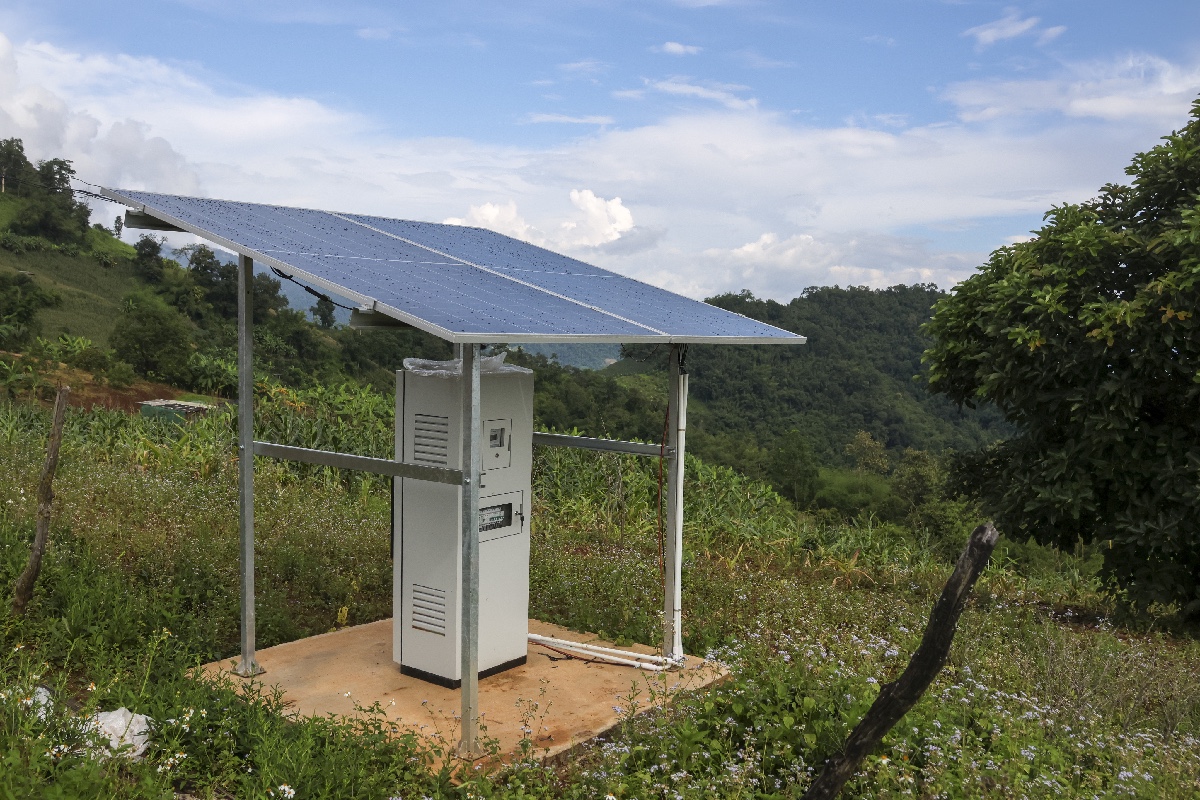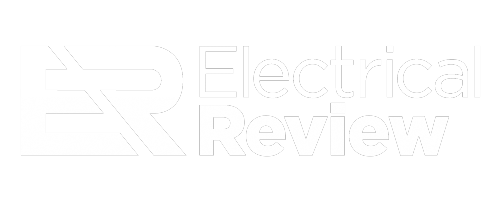ABB’s microgrids experts explain how community-scale generation, storage and control keep remote homes and businesses on supply while cutting fossil-fuel spend.
Microgrids allow rural and remote communities to strengthen the resilience, reliability and sustainability of their electricity supply. In fact, these innovative localised power solutions can be a lifeline for the communities they serve, enabling consumers and businesses to stay on supply with a dependable source of clean electricity, and a reduced reliance on costly fossil fuels.
Keeping rural communities connected with reliable power
Barring the occasional power cut in times of high demand or bad weather, it’s easy to take the availability of our electrical supply for granted. However, a dependable source of mains electricity can be far from guaranteed for homes and businesses located in rural and far-flung communities.
Physically distant from larger cities and conurbations, out-of-town populations and businesses have traditionally been reliant on connection to the wider grid system, typically via overhead lines. The reliability of these connections is far from guaranteed, however, when supply may be compromised by storms, natural disasters and the limitations of an aging and increasingly fragile national grid infrastructure.
In response to these uncertainties – coupled with rising energy costs and the drive to decarbonise – rural communities are seeking more sustainable strategies to mitigate the disruption brought by grid outages to individuals and local economies. By pivoting away from their dependence on the main grid system, distant and rural areas can take increasing control over their own energy future.
What’s more, communities can take steps to insulate themselves from the pressures of rising energy costs while realising goals for decarbonisation. To achieve this, rural communities are increasingly turning to cutting-edge microgrid solutions as dependable, cost-effective providers of local power.
Technology enables smart new energy solutions
The ability for communities to ‘self-serve’ their own energy needs is being accelerated by the rise of cost-effective localised power generation and distribution technologies.
On-site sources of clean renewable power like solar and wind are complemented by battery energy storage systems (BESS) that can help balance fluctuating demand with generating capacity. By seamlessly integrating these diverse distributed energy resources (DERs) with increasingly intelligent solutions for power management and control – the key elements of a microgrid – rural areas can accelerate their own energy transition and independence.
Alongside the additional energy security that microgrids provide, they can deliver other benefits for communities such as local job creation. Similarly, in some regions microgrids are an enabler for economic growth with the rise of peer-to-peer energy trading models and revenues earned from selling ‘home-grown’ electricity back to utility companies.
Microgrids in close-up
A microgrid is defined as a localised, decentralised energy system that can operate either independently from or in conjunction with the main utility grid. Their ability to store and distribute power locally allows them to maintain a reliable energy supply within a specified area, like a rural community, even when supply from the main grid is interrupted for any reason.
Microgrids can themselves be categorised as either grid-connected or ‘islanded’. In the first case, a grid-connected system can draw power from – and often return power to – the main utility grid on a commercial basis. This contrasts with island grids that operate in complete isolation, as found in offshore and other remote communities far from connection to the main distribution network. These are exclusively reliant on their own generation of power from either fossil fuel sources, renewables such as wind and solar, or a mix of both.
Modern microgrids feature a number of common design elements. Renewable energy sources are typically complemented by back-up measures – including BESS or diesel generators – to maintain operating capacity even in the event of temporary disconnection from the main grid system, faults or sudden spikes in demand.
Power conversion, rectification, and control are required at points of connection between a microgrid and the grid, to ensure efficient energy exchange and seamless transitions between grid-connected and islanded modes as needed.
Protection is provided by circuit breakers, relays and fault detection systems to minimise the risks of damage to the microgrid and ensure its stability in the event of fault conditions.
Overall, the efficiency and reliability of microgrids is enabled by sophisticated data modelling and management techniques. These include predictive load forecasting and intelligent resource allocation to ensure system resilience and stability under all operating conditions.
Understanding and addressing the challenges
The successful deployment of microgrids in rural areas comes with its own challenges. Communities may have to negotiate regulatory policy hurdles to integrate solutions into existing regional or national grid infrastructures. Initial capital investment can be significant, compounded by ongoing maintenance and support costs plus the need for access to specialised engineering and management skills.
Ensuring a microgrid’s efficient operation, resilience, and sustainability also depends critically on selecting and deploying the right blend of technologies from numerous options including LV and MV equipment, controllers and other elements. Solutions must be designed with sufficient capacity to meet local energy needs, while providing a cost-efficient route for future expansion, driven by factors such as growing EV ownership and increasing demand for additional capacity. What’s more, controllers and associated systems must be hardened against potential cybersecurity threats.
Powering forward with the right partner
These potential obstacles can be minimised with the support of an experienced partner with the technological vision, practical know-how and access to complementary resources that can ensure success. Here companies with deep experience of designing, delivering and supporting electrical generation, storage and distribution systems, can serve as consultant and/or prime technology provider for local communities. Working closely with system integrators and other suppliers, the appropriate choice of experienced partner can be instrumental in the design, implementation and technical support of cost effective end-to-end microgrid solutions.
Microgrids represent a transformative solution for rural and remote communities, reinforcing energy security, resilience, and sustainability. By integrating renewable energy sources, advanced storage systems and intelligent control technologies, these localised power networks enable communities to take greater control over their energy future.


